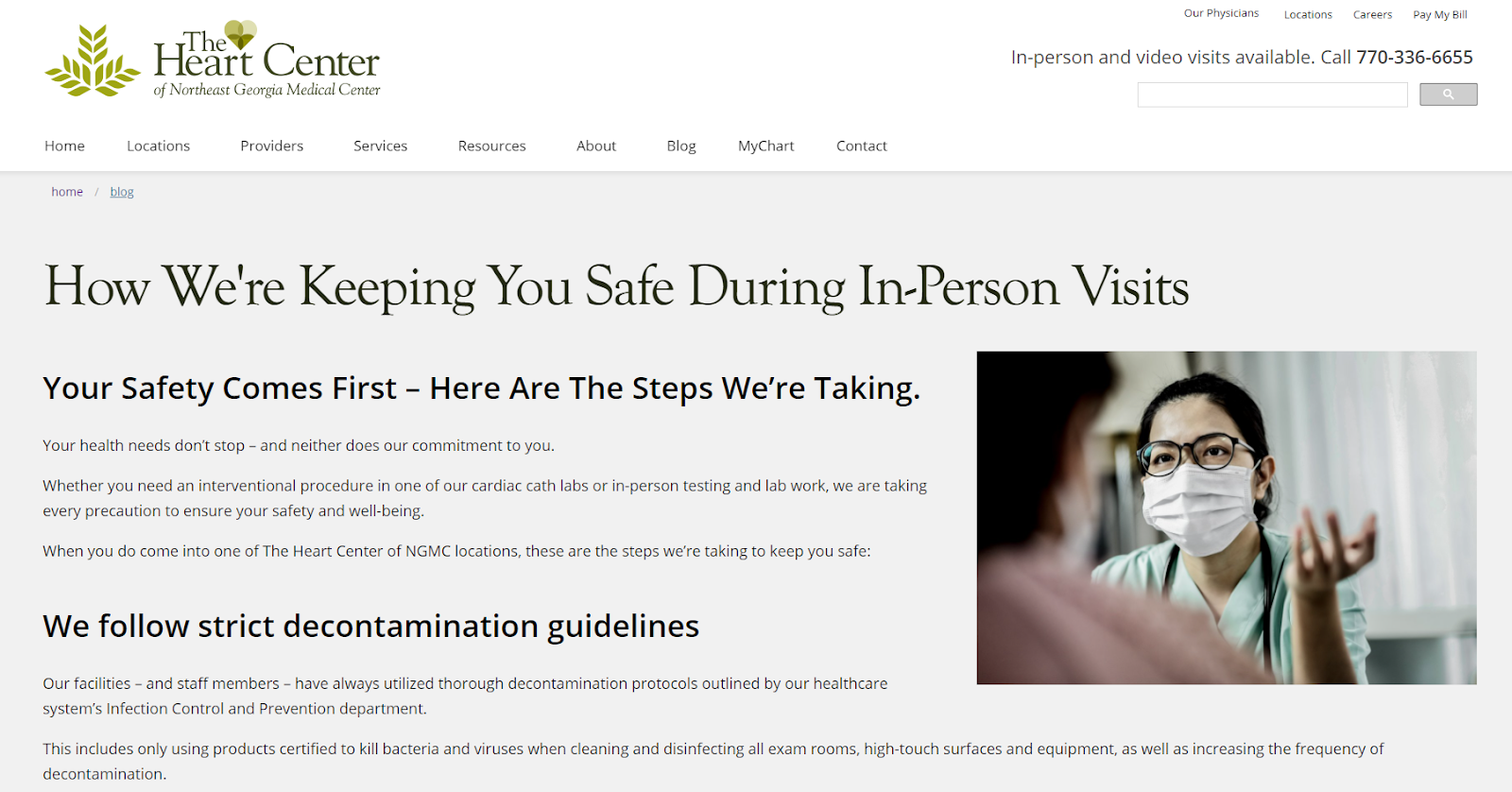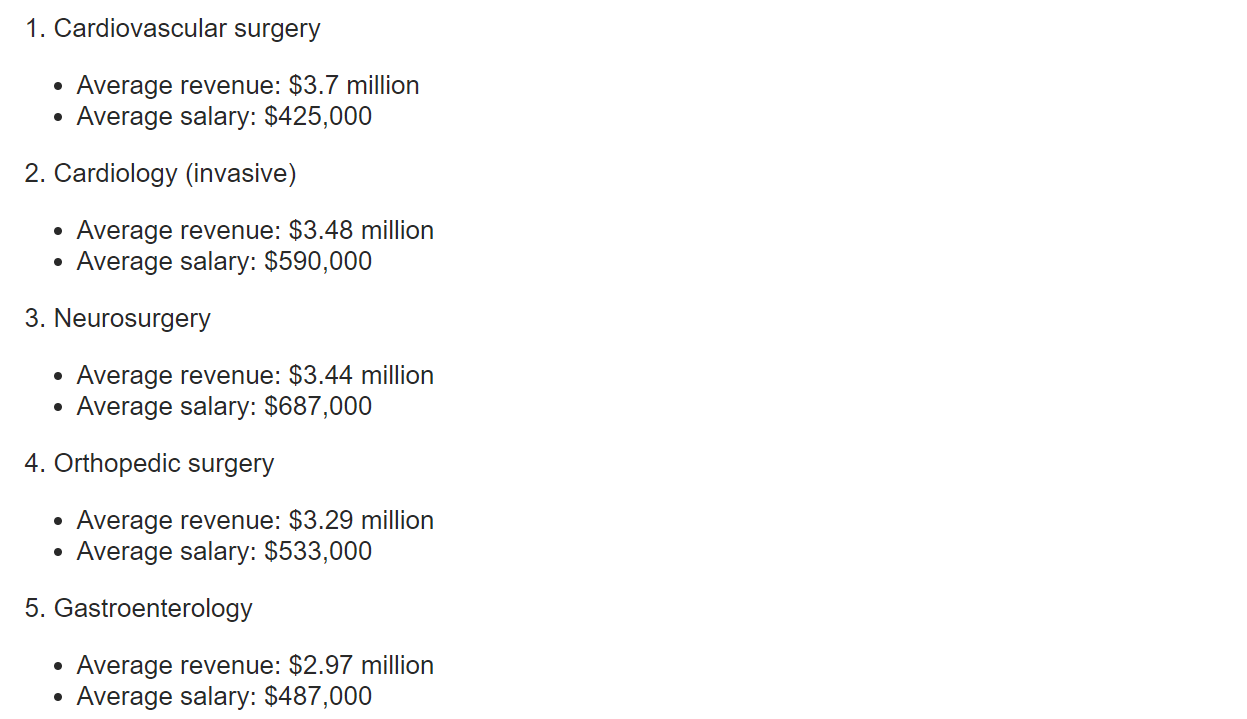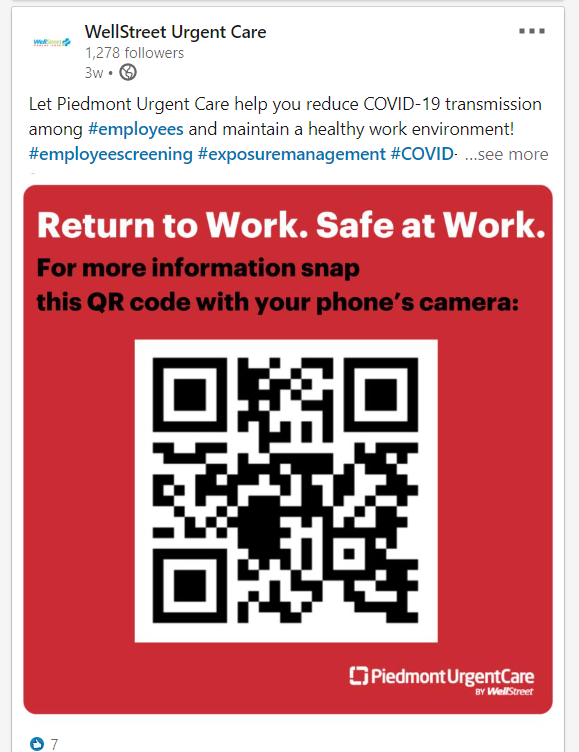Pivoting Your Marketing Strategy for the Post-COVID Era
It’s too soon to say that COVID-19 is in the rearview mirror. That will be months, potentially even years, into the future. But as the economy begins to reopen and medical practices begin to resume a full spectrum of services, it’s important for healthcare marketers to begin revisiting their marketing strategy with fresh perspectives.
It is becoming clear that the fallout from COVID-19 is here to stay, and it is yet unclear if we’ll see more outbreaks in the future, so you may be asking why now is the time to begin thinking about your marketing plans for the future?
While many marketers may still be in the midst of COVID-19 related marketing initiatives, surgery restrictions are beginning to lift and surgical volumes are starting to pick up. In-office visits, especially for patients with chronic diseases, also must resume given that all care can’t be managed virtually (at least not until in-home wearables and other virtual monitoring become more widely used.)
The marketing strategy we created at the beginning of the year no longer applies, and marketers will be asked to do more with less in the coming months and years. It’s essential for marketers to begin thinking now about a strategy that addresses two main areas:
- How can I drive revenue to my organization in the most cost-effective way while driving better results than ever?
- How do I make patients comfortable and secure with my organization in this new world?
Healthcare organizations and their marketing teams have a tall order on the other side of this pandemic, and if your organization can adapt and begin building that post-pandemic marketing strategy now, you can come out ahead of your competitors.
To develop your new strategy, consider these questions:
1. How will you communicate safety measures to your patients?
This is an important aspect of healthcare marketing at all times, but it will be especially important as we all navigate a new normal with enhanced security and protocols.
Patients and their families will be looking for a reassuring voice and specifics on the measures your practice has in place to keep them safe. If even stores and restaurants are outlining specific sanitizing and distancing protocols, you bet that they will expect that from their healthcare provider.
Your marketing materials should reflect that, in a way that’s easy for patients to locate and to understand. Consider both what you’ll be creating, content-wise, and make it easy to find throughout your website in high traffic areas, like the homepage, location pages, service pages and more.

2. Where will you be marketing and sharing information?
When you’re thinking about where to share the content, consider whether you’re placing information where most of us are these days — online.
Over the past few months, our habits have changed drastically. Most of us spent at least some time on social media before, but social media use has risen significantly as we’ve stayed at home.
If your medical organization hasn’t placed an emphasis on digital marketing before, now’s the time to change your marketing mix. People want access to information at the click of a mouse or the scroll of a finger on a mobile device, and digital marketing meets them where they are.
There’s a positive to digital marketing that’s very specific to COVID-19: While social media use has risen quite a bit, social media advertising has decreased some, and the costs of advertising have decreased, too.
That means you can get more ROI for your marketing dollars — making digital marketing a much more cost-effective way to market. But even pre-pandemic, digital marketing was a particularly cost-effective way to drive patient volume compared to traditional marketing methods, like print, tv or billboards. By shifting your dollars to digital, you may find that you can drive more value on a tighter budget during these uncertain economic times.
Don’t forget that digital offers a lot of free promotional opportunities too. Make sure your local listings are up-to-date with the latest information about your practice, including current hours and protocols. And keep content you’ve created related to COVID-19 updated and accessible, rather than taking it down immediately.
3. What do you need to be marketing?
This is where you will probably need to pivot most. It’s likely that your revenue priorities have shifted, and you may now need to promote services outside your initial plan.
Review your 2020 marketing strategy — or more specifically, marketing strategies for Q2 and Q3 — to see what can be deprioritized and what needs to take its place among your priorities.
Consider what drives your revenue and how you can emphasize those offerings in your marketing plans. Which procedures or services drive the most margin, and how can you hone your dollars in on marketing those to new patients? Data below from Becker's Hospital Review shows some of the highest revenue generating specialties for hospitals and specialty groups. Which services or specialties generate the most revenue within your healthcare practice?

If you made changes or offered new services or capabilities during the pandemic, you may also want to consider whether you should continue offering them moving forward. If new services enhanced the patient experience and you’ve received positive feedback, it may be worth investing in and marketing those new offerings.

Telehealth, in particular, seems to be a genie that is not going back in the bottle. Patients already wanted convenience in their care, but now they have adapted to doing many things at home they never have before. How providers market their telehealth services and continue to improve those at this time may be a critical competitive advantage. Read our blog: 10 Marketing Ideas if You Are Launching Telemedicine at Your Practice.
Regardless of what you need to be marketing, remember that it’s important to be marketing. Organizations that don’t go silent during this time and engage patients, offering leadership, expertise and reassurance, will reap the benefits of that brand affinity long into the future.
For example, one of our clients has been providing consistent updates on COVID-19 on their website and social media, including information about their internal processes as well as data and expertise for the community about COVID-19. Over the past three months, instead of seeing the decrease in traffic and engagement, we have seen for many healthcare organizations, they have seen a 120% increase in traffic to their website compared to last year and a 60% increase in traffic compared to the previous three months. They are establishing themselves as a go-to for health information and expertise, and a valued and trusted community resource now and into the future.
4. What can you do to strike the right tone?
Now more than ever, we’re all looking for reassurance. That, combined with the fact that healthcare workers are being seen as heroes, places healthcare organizations in a unique position as we move forward.
What changes can you make to your messaging that allows you to provide reassurance to your patients and potential patients?
You want to keep your content helpful, relevant, and useful — and you want to ensure you’re sharing it in a tone that’s friendly and calming. Emphasize that your organization is a part of the community and that you’re ready and willing to do what you can to keep your community healthy and safe.
Now more than ever, your community wants to know that you’re there and to feel confident if and when they need medical care.
Our mission at Full Media is to make a positive impact on the world. As your healthcare organization hits the reset button on your marketing strategy, contact us if we can help you communicate more effectively with your community. As a healthcare digital marketing company, Full Media specializes in helping healthcare providers drive patient volume through cost-effective marketing tactics.

Rachael develops and executes visionary strategy for Full Media, serves as the in-house subject matter expert in healthcare Internet marketing, and identifies ongoing opportunities to add value to healthcare organizations through innovation and team member development.
She has a wide array of expertise in developing marketing strategies for healthcare clients and different medical specialties, with specific experience in developing strategies for MD referrals, YouTube TrueView campaigns and building reports to compare the effectiveness of traditional media to digital media.
Read Full Bio
